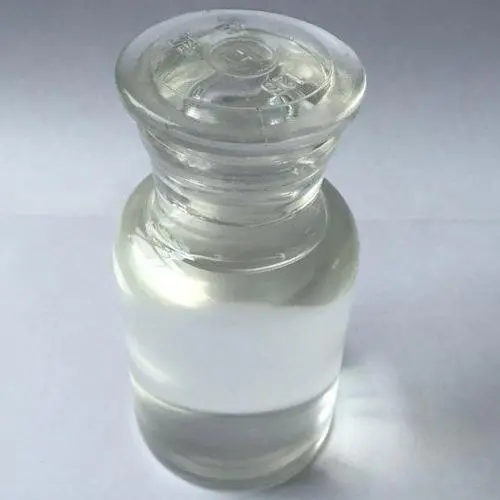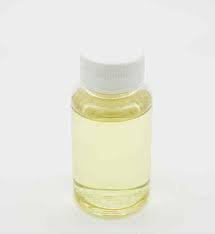**The Secret Life of Surfactants: How These Tiny Molecules Keep Our World Clean and Smooth**
(What Is The Function Of Surfactant?)
Imagine scrubbing a greasy pan without soap. The oil sticks like glue. Now add a drop of dish soap. Suddenly, the grease washes away. This magic happens because of surfactants. These tiny molecules are everywhere—in soap, shampoo, lotions, even your lungs. But what do they actually do? Let’s break it down.
Surfactants are like molecular matchmakers. Their job is to make things mix that normally hate each other, like oil and water. The word “surfactant” comes from “surface-active agent.” This means they work at the surface where two substances meet. Think of them as peacemakers in a tug-of-war between water and oil.
Here’s how it works. A surfactant molecule has two parts. One part loves water (hydrophilic), and the other loves oil or grease (hydrophobic). When you wash your hands, the hydrophobic parts latch onto dirt or oil. The hydrophilic parts face outward, sticking to water. This creates tiny bubbles called micelles. The micelles trap the grease, letting water rinse it away. No surfactants, no bubbles. No bubbles, no clean dishes.
But surfactants aren’t just for cleaning. They’re in your shampoo, making foam. They’re in lotion, helping moisture soak into your skin. They’re even in ice cream, keeping it smooth. Without surfactants, ice cream would turn gritty. Salad dressing would split into layers. Paint wouldn’t spread evenly. These molecules are quiet heroes in everyday life.
Let’s talk about lungs. Breathing is easy, right? Not without surfactants. Your lungs have tiny air sacs called alveoli. Every time you inhale, these sacs inflate. When you exhale, they deflate. But water molecules inside the sacs create surface tension. Too much tension makes the sacs collapse. Surfactants step in. They coat the alveoli, reducing tension. This keeps the sacs open so oxygen can flow. Babies born early sometimes struggle to breathe because their bodies haven’t made enough lung surfactant yet.
Nature uses surfactants too. Have you ever seen a water strider walk on a pond? Surfactants in the water affect surface tension, changing how insects move. Some plants release surfactants to help rainwater slide off their leaves, taking dirt with it. Even bacteria use surfactants to break down oil or cling to surfaces.
Not all surfactants are the same. Some are harsh, like in industrial cleaners. Others are gentle, like in baby shampoo. Scientists keep inventing new types. Biodegradable surfactants break down safely in the environment. Others are designed for medical uses, like delivering drugs deep into the lungs.
Surfactants have a dark side. Too many in rivers or lakes can harm fish and plants. They strip away natural oils from animal fur or fish scales. This is why eco-friendly detergents use “softer” surfactants that decompose faster.
Ever blown a bubble? That thin film is held together by surfactants. They arrange themselves in a layer, water sandwiched between the surfactant molecules. Without them, bubbles would pop instantly. The same science applies to fire extinguishers. Some foams use surfactants to smother flames by cutting off oxygen.
From the kitchen sink to outer space, surfactants are there. NASA uses them in fluids for spacecraft systems. Farmers spray pesticides mixed with surfactants to help the chemicals stick to plant leaves. In makeup, they keep pigments from clumping.
(What Is The Function Of Surfactant?)
Next time you wash your hands, thank surfactants. They turn a simple action into a tiny science experiment. They’re invisible, but life would be messier without them. They solve problems we don’t even notice—keeping things clean, smooth, and working just right.
Inquiry us
if you want to want to know more, please feel free to contact us. (nanotrun@yahoo.com)




